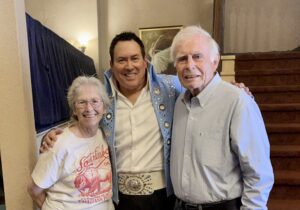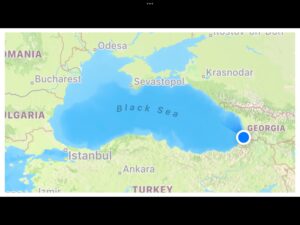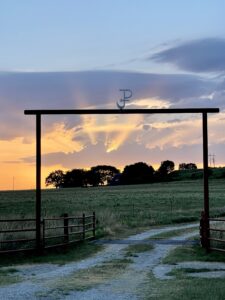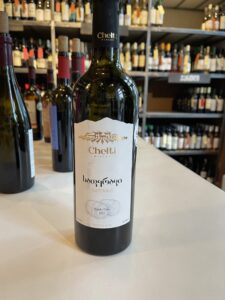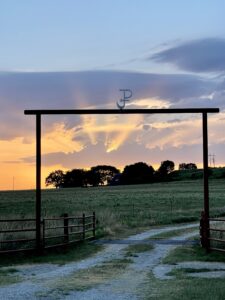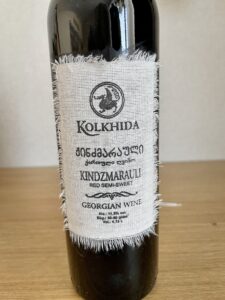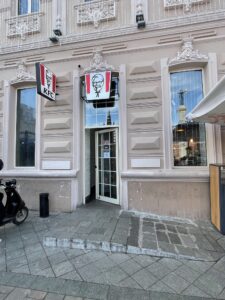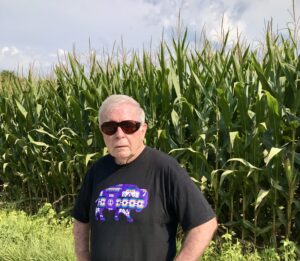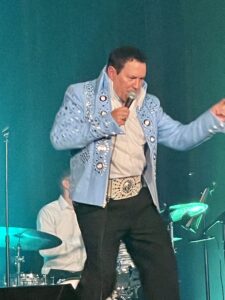
Alright, I finally give it up; my 1950’s Saturday morning black and white Cowboy and Indian movies at the Kihekah Theater in Pawhuska, Oklahoma are truly gone. They have been blown away like a prairie tornado by the big band sounds of Wade Tower and his marvelous musicians. Ah well, since Pawhuska is the capital of the Osage Indian Nation, we were always ambivalent as to which side to root for anyway.
On Saturday, June 03, 2023 from three to five in the afternoon Wade and his players with the multiple octaves and complicated rhythms transformed my old Kihekah Theater to the renovated Constantine Theatre and transported the audience across the plains to a séance with Frank Sinatra and Elvis Presley. It was exciting and refreshing to experience music that did not repeat ad nauseum a single beat and three banging chords. Although Wade did manage to pay homage to his Oklahoma roots with a little George Strait. He also got the audience singing along and gyrating to Neil Diamond’s “Sweet Caroline”, although I suspect alcohol may have been sitting in as a contributor from the appreciative audience. Wade and his Blues Brothers-dressed band members filled the ornate and historic Constantine with the kind of music and talent the old venue has not seen since my brother, C.E. Redwine, reprised his Oklahoma State University Blue Note Band there in 1994 when the newly renovated Constantine was re-dedicated. In fact, Floyd Haynes, who is Wade’s bandleader, reminded me of C.E.’s Paul Desmond quality saxophone playing.
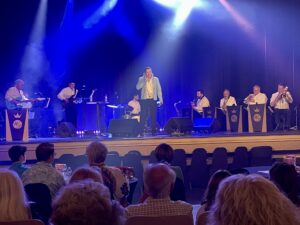
Each of Wade’s ensemble was terrific. Wade’s vocals were powerful, sensitive and truly enjoyable. Sean Johnson on the tenor sax, Zac Lee sliding the trombone, Ryan Sharp on the trumpet, Chase Gulliver on drums, Vince Norman, keyboard, Rod Clark, bass and the justly featured Jerry Connel on lead guitar were solo quality artists. It was so exhilarating to feel each solid note and each changing key and modified rhythm. I like country music, but there are reasons there are seven notes with wonderfully complex sharps and flats as possibilities and multiple key signatures along with intricate tempos. Thank you Wade and your band for knowing and applying the full range of them. And further kudos go to the light and sound technicians who did a terrific job helping to bring Vegas to Pawhuska.
Also, thank you to the Board of the Constantine Theatre for your foresight and good taste in contracting with Wade Tower to perform every Saturday at 3:00 p.m. up to December 2023. Peg and I are eagerly looking forward to enjoying Las Vegas in the Osage again.
